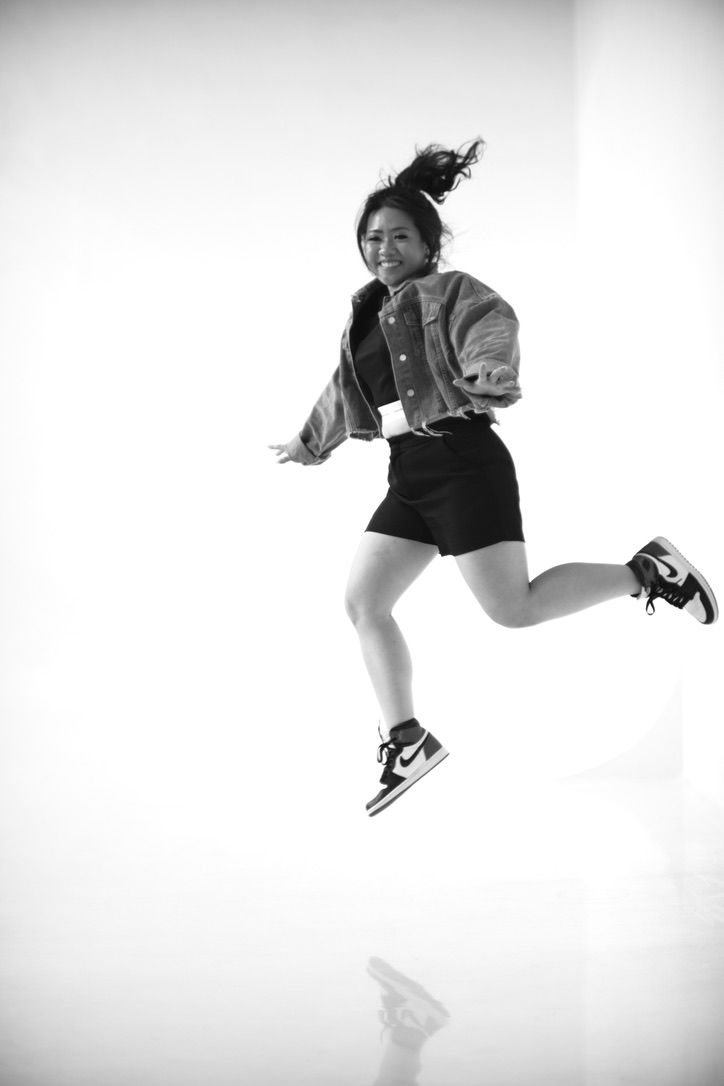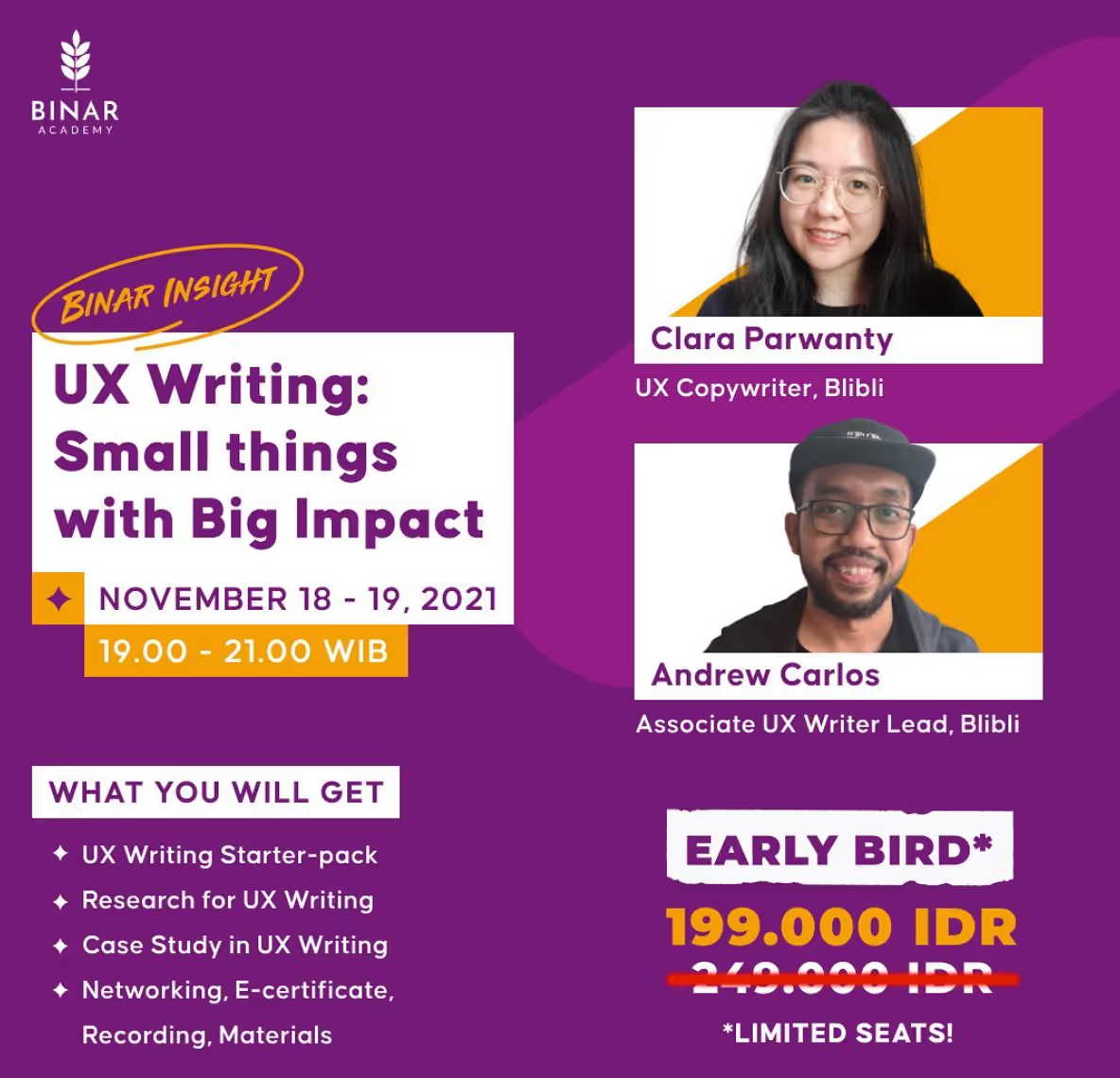The Blibli years
Being part of such a diverse and driven team was an amazing ride. We were all about pushing limits and seeing just how far we could go.
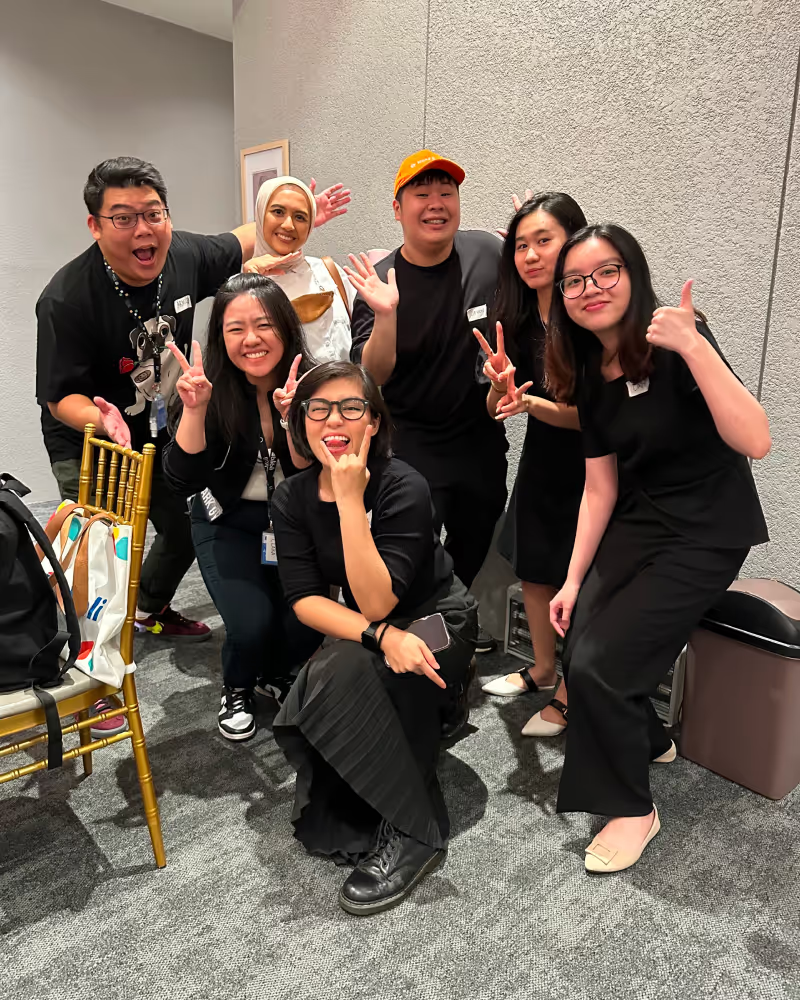
PM-UX Enticement Squad
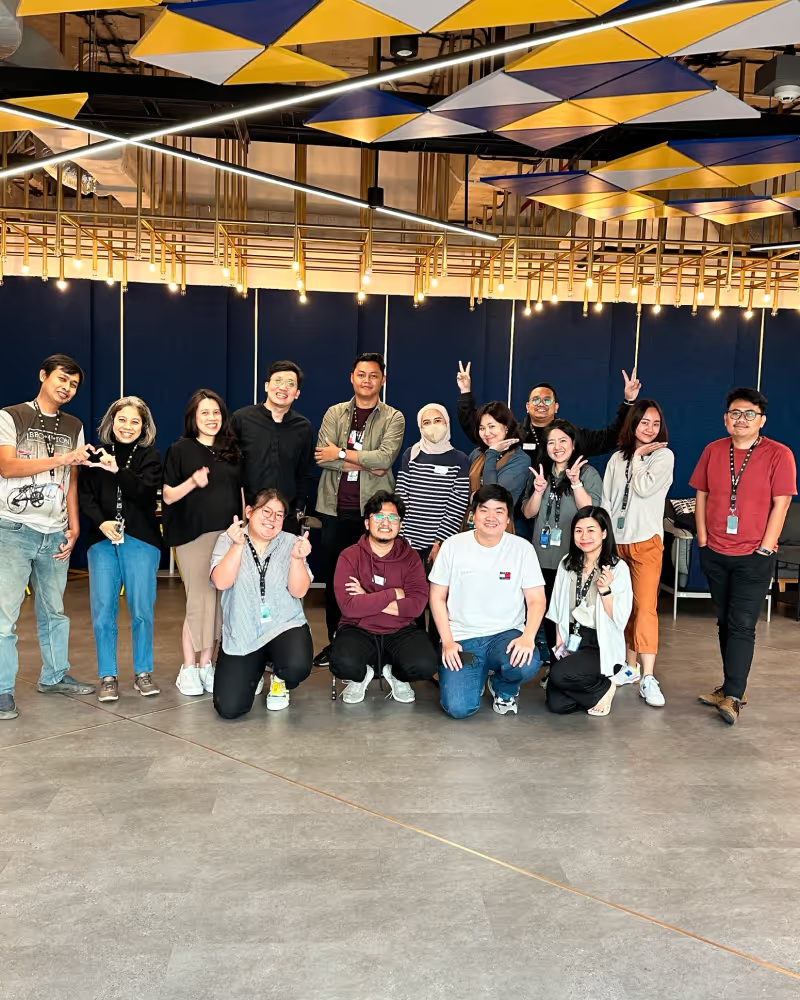
Blibli Design Lead Workshop
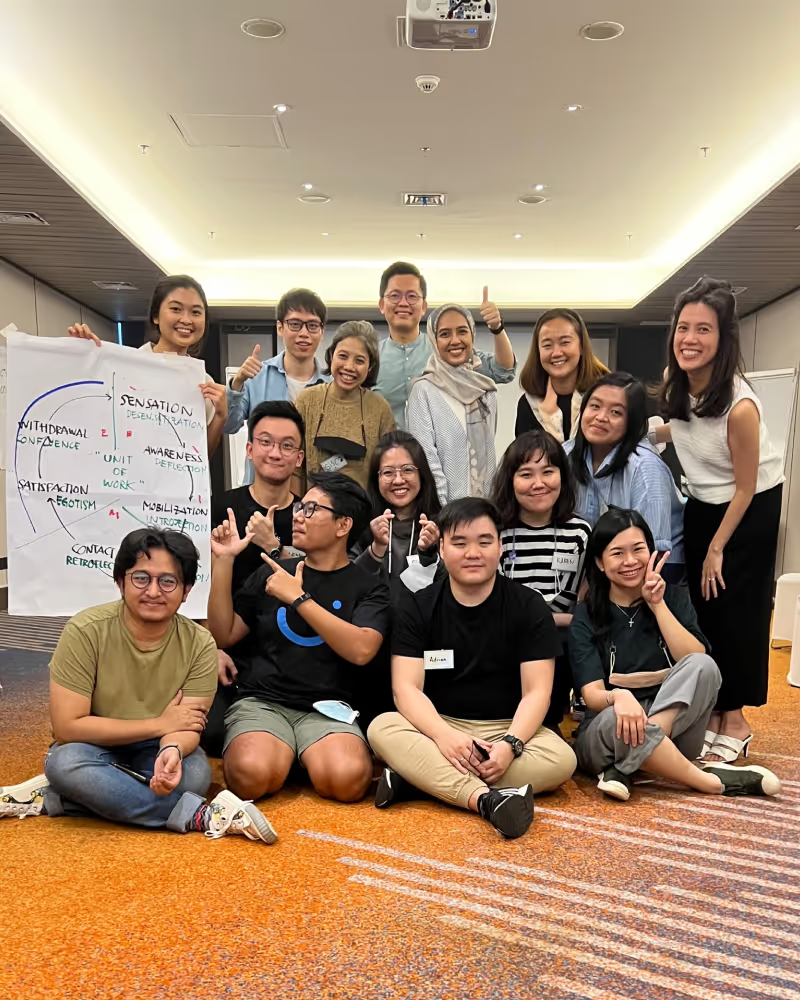
System Workshop
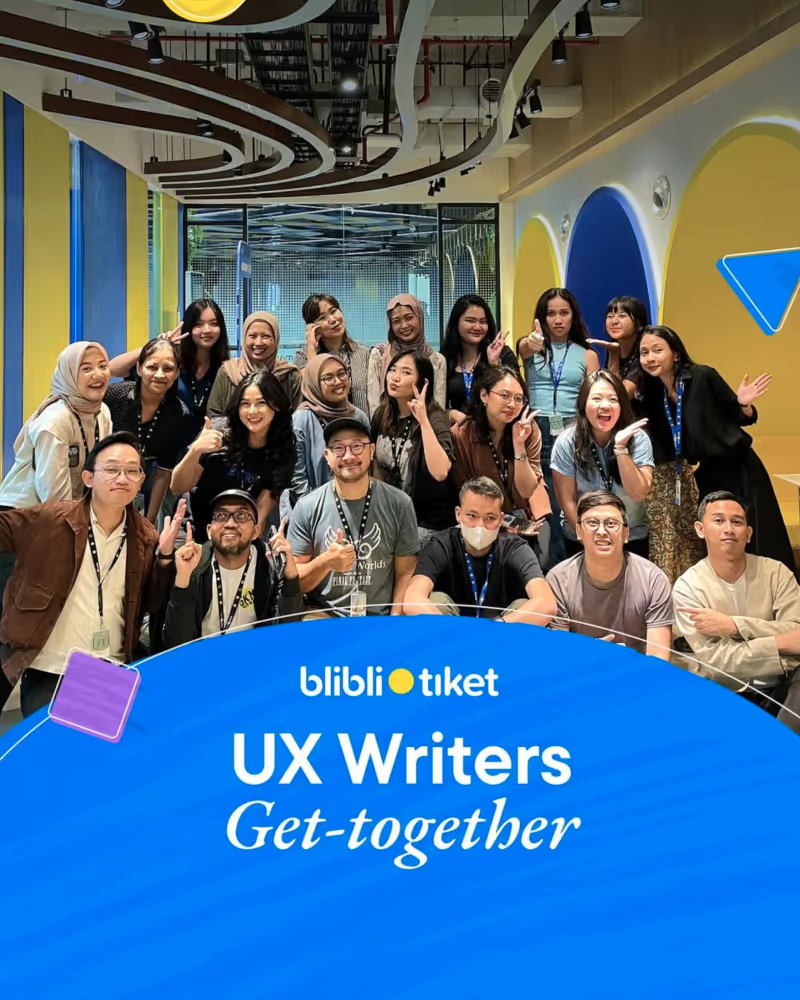
Blibli Tiket UX Writers
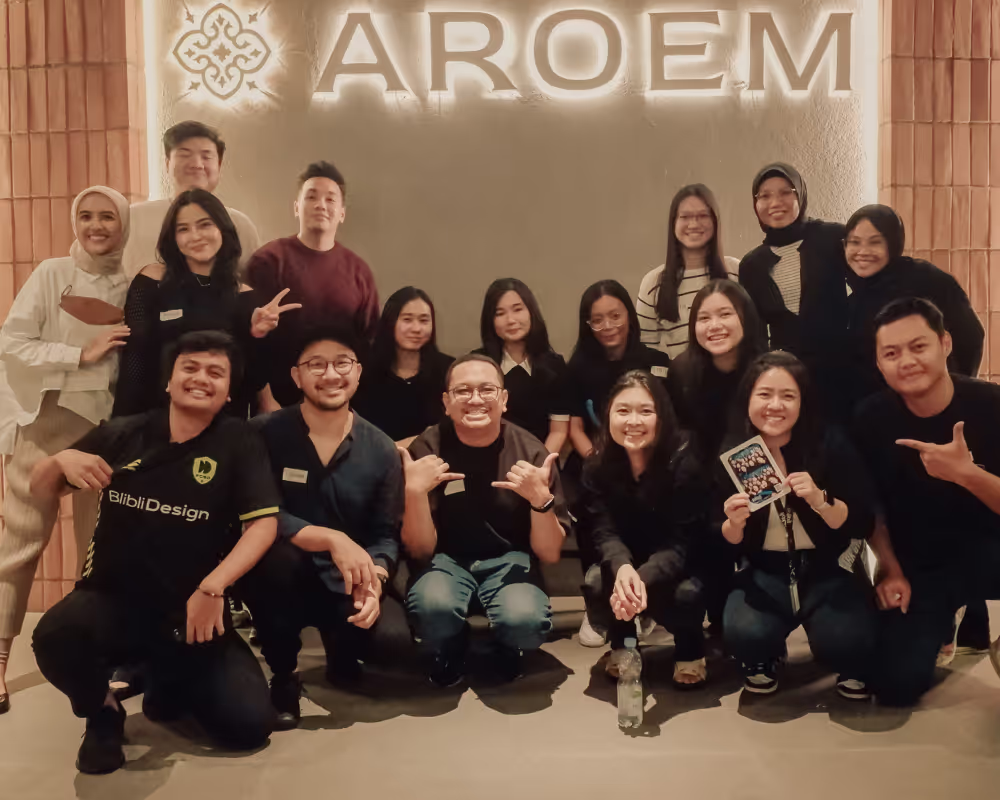
UX Customer Experience Tribe
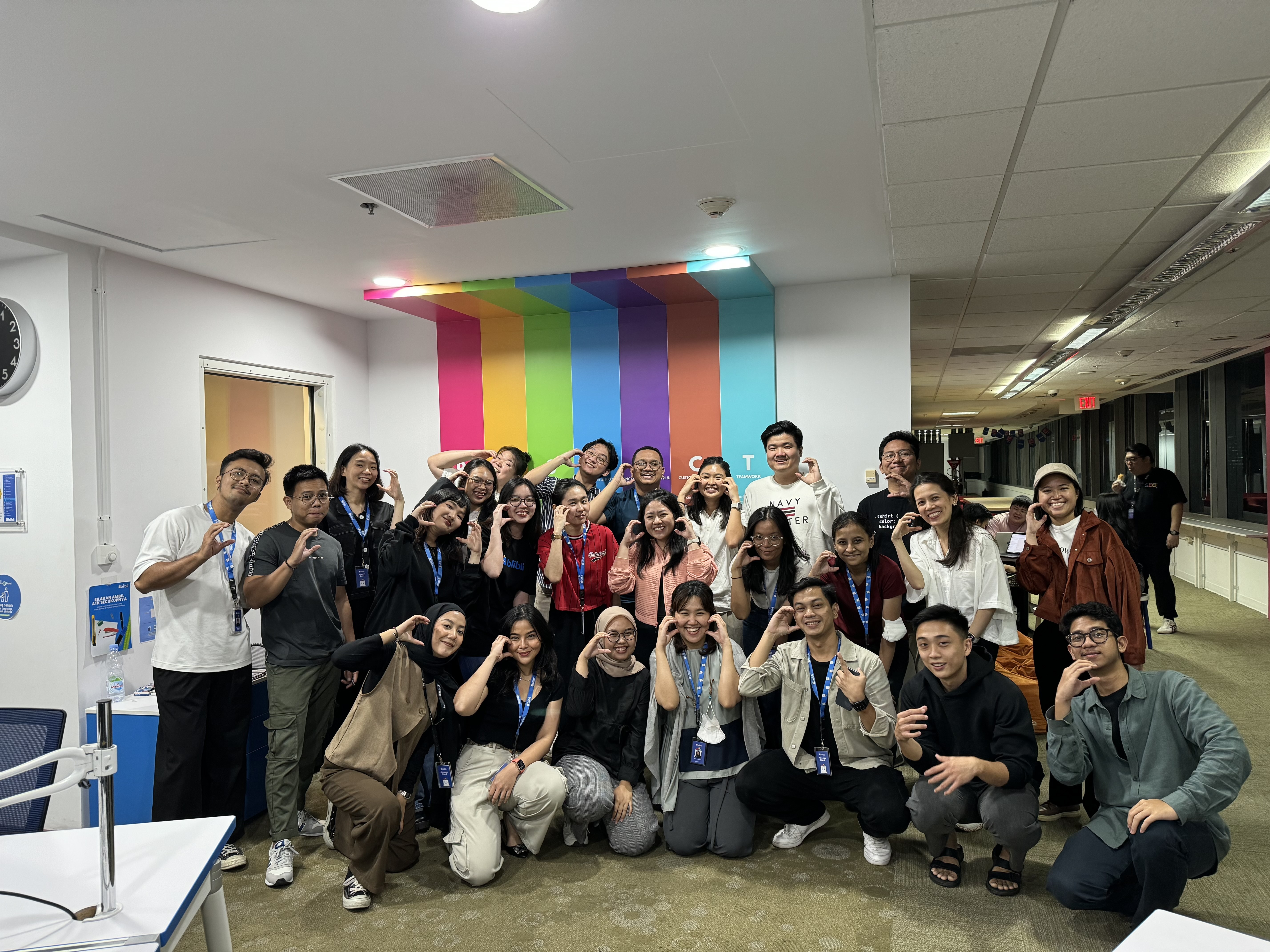
My last day at Blibli
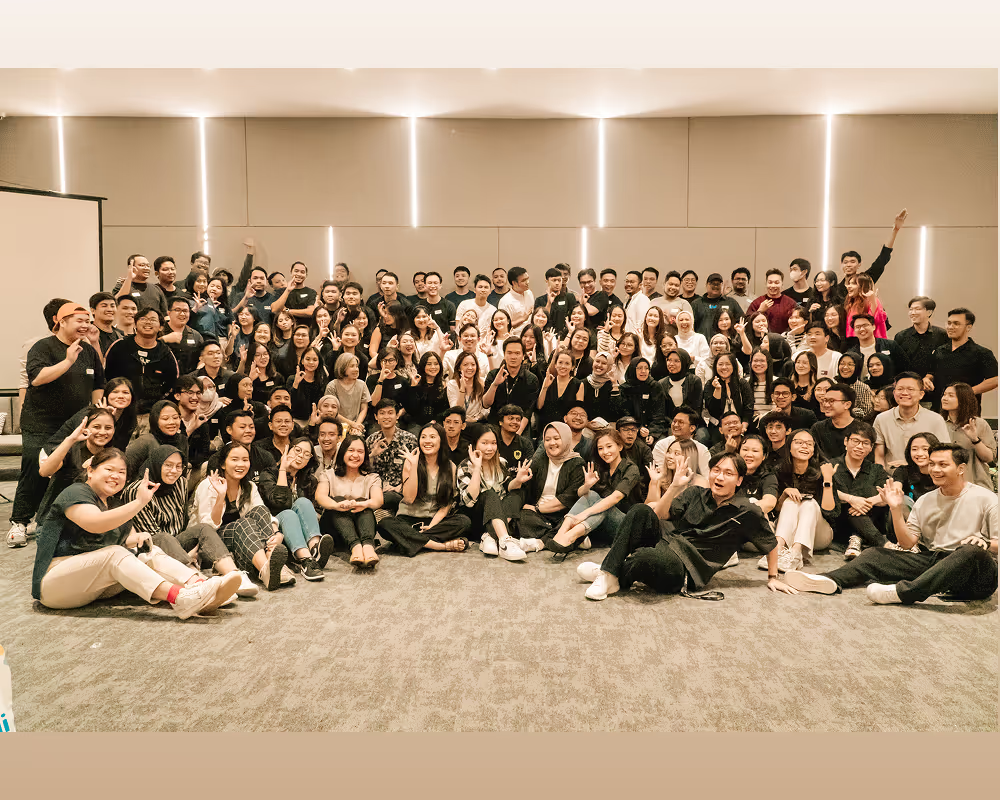
Blibli PM-UX Department
